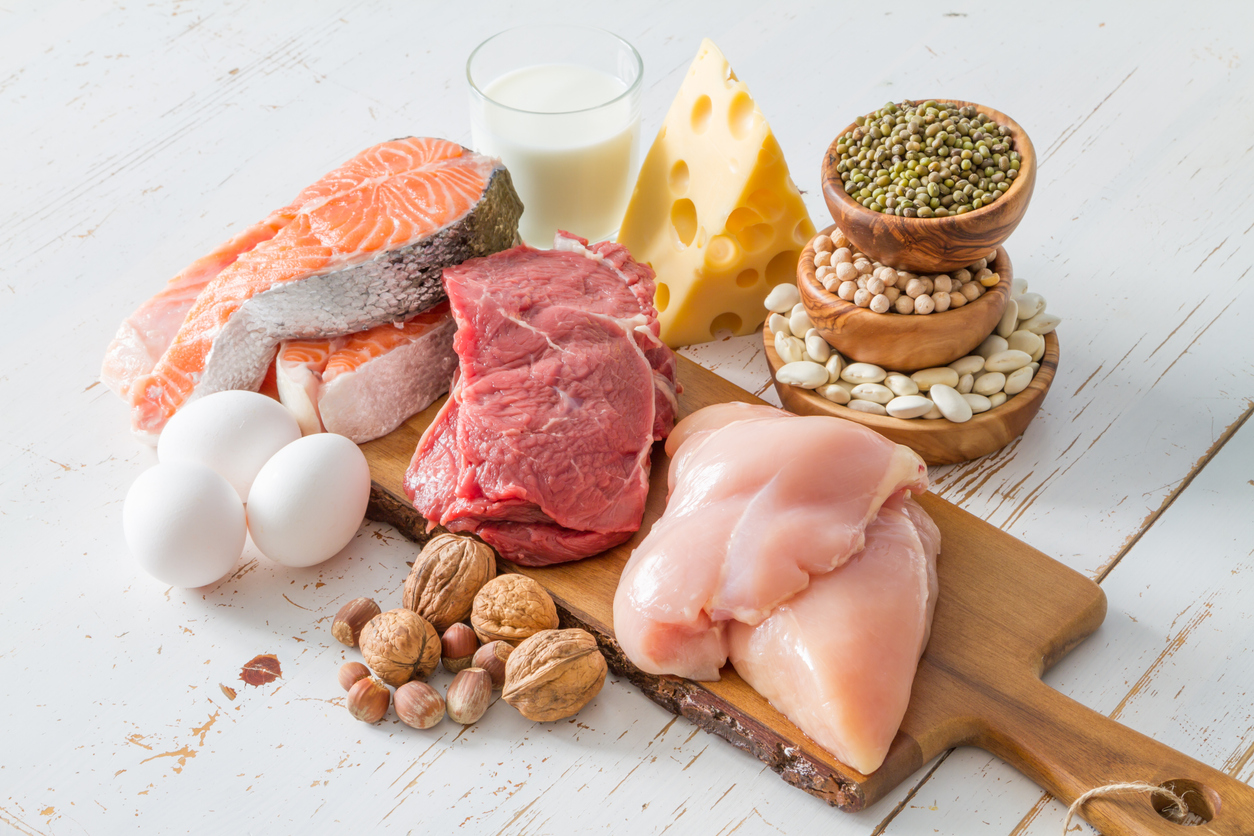Fabulous Flowers
The students examine the functions of flowers and determine that some flowers are edible.
The students examine the functions of flowers and determine that some flowers are edible.
Students investigate the functions of roots, recognize the difference between a tap and fibrous root system, and identify the roots of some plants as edible.
Students use food and farming as a basis for exploring the concepts of estimating and measuring using customary and metric units of measurements.
Students make fresh mozzarella cheese and discover the science (changing a liquid to a solid), art, and craft involved in the development of specialty cheese.
Students discover how agricultural commodities are transported from producers to consumers.
Students investigate animal handling preferences, design a cattle corral system that is durable, efficient, and effective, and discover the skills needed to be an agricultural engineer.
Students identify and explain unique properties of eggs based on scientific investigations and write a book to explain what they have learned.
Students compare and contrast the differences between the Census of Agriculture and the decennial census.
Students categorize sources of basic agricultural products alphabetically.
Students discover that agricultural careers are interconnected and that agriculture influences many parts of their daily lives.

Students will examine dietary sources of protein and generally understand the relationship between protein synthesis and amino acids while completing an activity to use beads as a representation of amino acids to construct proteins (polypeptide chains). Students will identify complete and/or incomplete proteins found in both animal and plant food sources.
Students will compare and contrast milk and plant-based milk substitutes by learning their source from farm-to-table and discovering how they "stack-up" in nutritional value. Students will also explore food package labeling laws and consumer trends in milk consumption to think critically about the impact of labels in marketing and consumer perceptions of food.